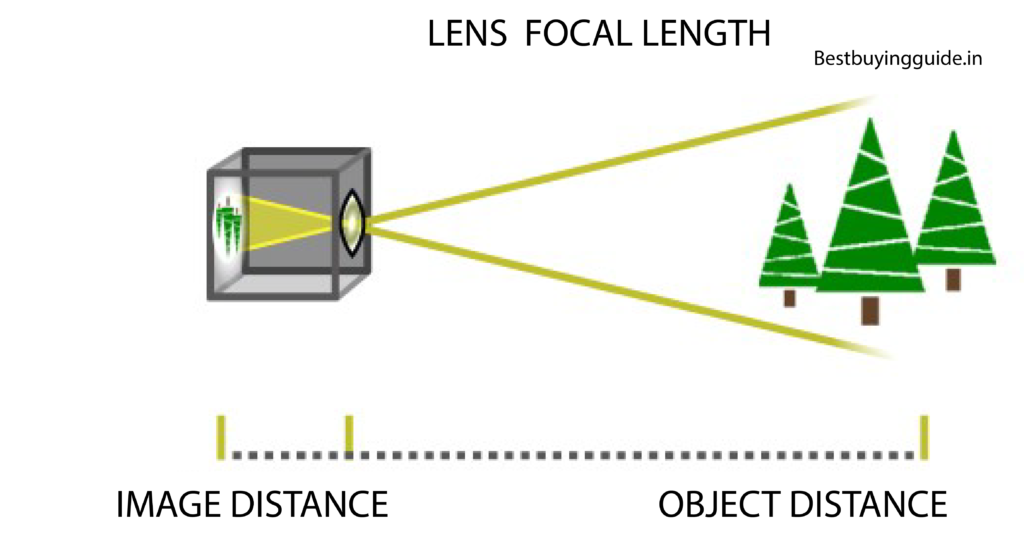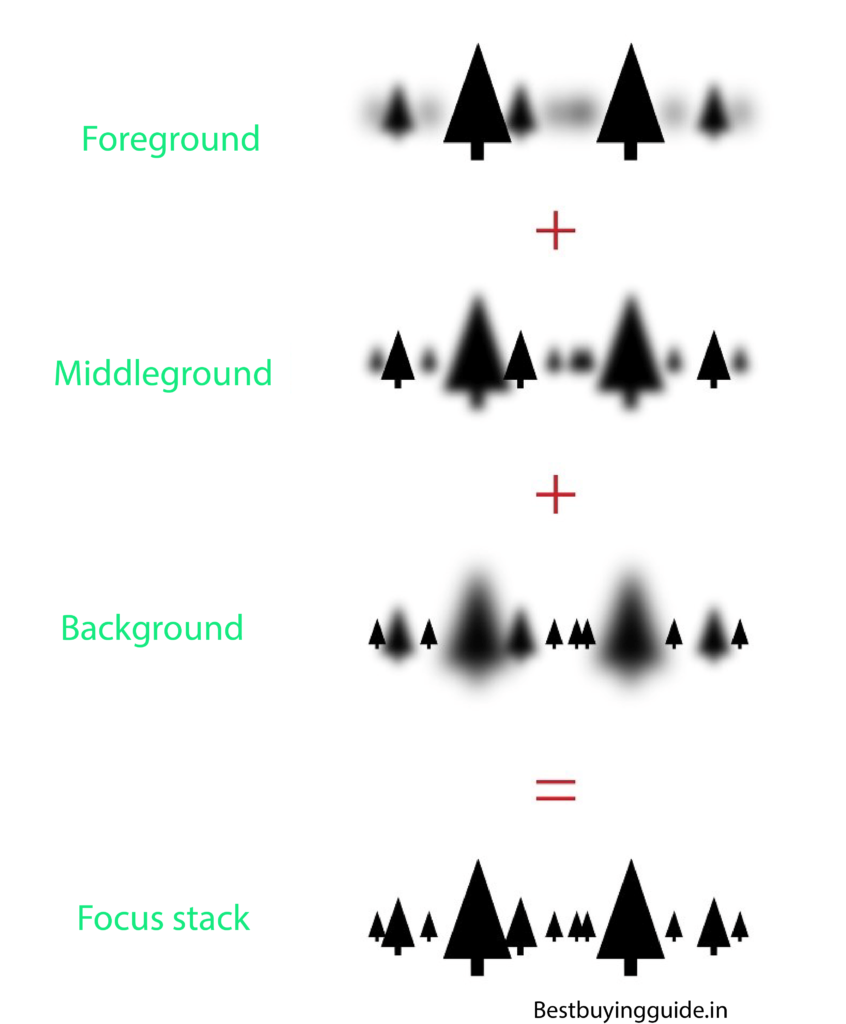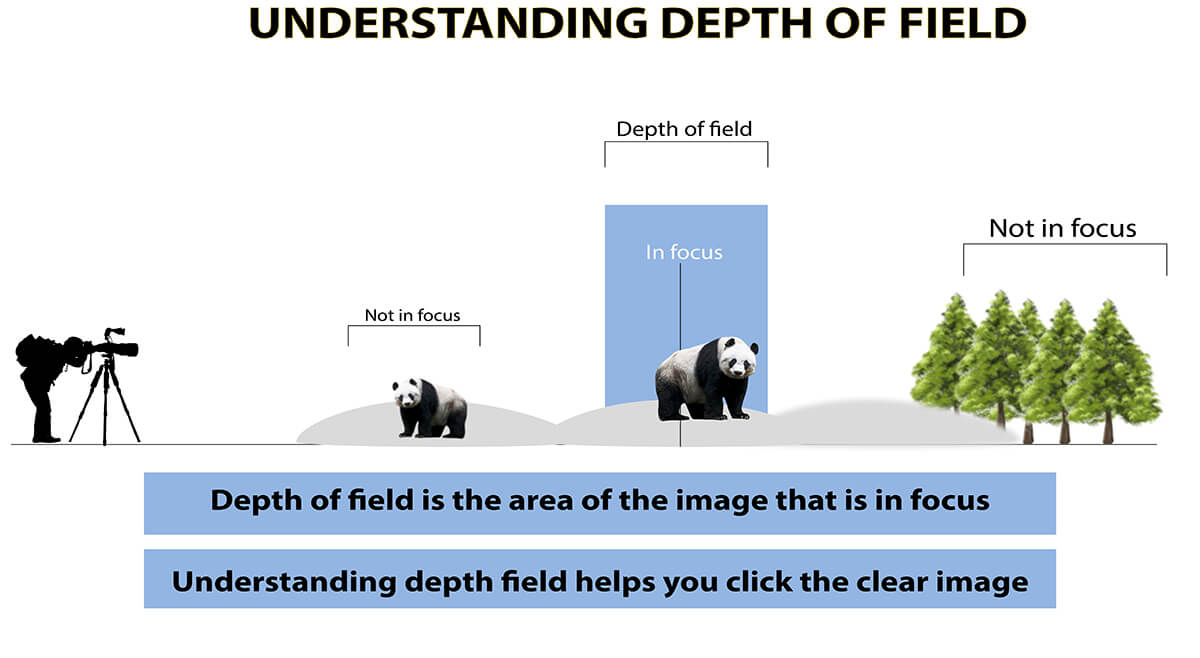Depth of field is one of the very important topics in photography. when I pick up my camera settings, I found almost everything about our depth of field. I also liked dof. without the depth of field, our photo looks like a doll image.
So, what depth of field is in photography, and how can you use it to take better photos?
When you focus on something in photography. like a flower, other portions of that photo are going to be out of focus, like the background behind the flower.
what Depth of field in photography means what parts of your photo are in focus, and what parts are out of focus & Depth of field is not a fact; depth of field is a plane.
Just an example you like to think of it as a window situated in front of your lens, anything that the window permits through in your photo is going to be in focus.
you can move this window onward and backward – which is called focusing – so that it crosses with your subject.
Something different you can do is change the thickness of the glass in this window example, and that’s called varying your depth of field. Now you better know about what depth of field in photography.
So, how do you change depth of field? Well, here are three different ways to do it, & actually, all 3 of them relay to your lenses. You’ve got aperture, focal length, and focusing the distance. Now, it’s slightly cooler to explain with examples how the three of them work.
Aperture
The first one is Aperture, Aperture is an opening in your lens that can change size. When the aperture is wide opening. It gives you extra shallow depth of field, and when the opening is narrow, it outcomes in a lot more depth of field. That’s a beautiful dramatic change.

Focal length
The second factor is focal length. When I zoom in, but I don’t variation anything else, the depth of field starts to get shallower and shallower.
Take a look at the point in the background of these two photos. It’s a truly big alteration between 24mm and 70mm.

Focusing
The third one is focus; you’ve got focusing distance.
The third one is focus; you’ve got focusing distance. Fundamentally, the farther away from that you focus, the more depth of field that you get. You can see that as I turn focus into the distance, I went from a certainly shallow depth of field. In the foreground to almost a more traditional the subject. Where foreground looks beautiful & sharp.

You better know about what depth of field in photography & how do you change the depth of field. These are the three features, but how do you use them to get the depth of field that we want?
First, an image with a shallow depth of field. In this situation, I used all three factors shared to get this shallow focus effect.
So, I using a 17-55mm f/2.8 lens, and ongoing by zooming all the way into 55mm. Then, I used the broadest aperture on my lens, f/2.8. Then I focused on a subject that was actually close. So, the result is a photo that has a shallow depth of field.
At a distance that you focus, the extra depth of field that you get. You can get that as I turn focus into the separation, I went from a definitely shallow depth of field. in the foreground to nearly a more old-style the character. Foreground where looks attractive & sharp.
Another example, this time, we zoomed out to the broadest focal length on the lens, which is 17mm. I focused a lot farther away; Then I used a much thinner aperture of f/11.
All those factors mutual to give me a large depth of field, which is exactly the look that I wanted.
There are profitable to be cases where you kind of fighting to get the correct depth of field. Those three factors strength, not all be working in our favor.
Let’s an example, you are trying to capture a landscape image with a lot of depth of field, but when you compose the image, you understand that you truly like how it looks with a telephoto lens. In that situation, of course, you’re zoomed in a lot, which shrinks your depth of field.
You really need to be careful with the other two factors. I should absolutely need to use a narrow aperture like f/11 or f/16. if possible what you’d also do is back up a slight bit from your foreground, so that you don’t have to focus fairly as close.
How do you get a depth of field?
whether you want to extend your depth of field extra than standard or get a shallow depth of field?
Well, I like most things in photography. There is a technique, to do that, and I am not just talking about buying a different lens. Instead, these are the two DIY methods that you really want to know.
focus stacking
The first one is called focus stacking, and it’s a beautiful straightforward way to spread your depth of field.
Fundamentally, you take many photos focused on different points, and then you trust them together. The sharpest parts of each photo. That’s what I did right here.

It wasn’t possible to get this whole close-up photo to be sharp at once unless I stood so far back that it wasn’t even a close-up anymore. So, instead, I put my camera on a tripod, and I started focus stacking.
This focus stacking method is really general for macro photography and landscape photography in circumstances. where you’re forceful your depth of field to the limit.
The only large drawback with focus stacking is that zero in your photos can be moving. you’ll finish up with some truly weird blending objects when you attempt to create that stack.
So, I certainly do mention taking a single photo of that similar composition. Even if it’s just for backup in case your focus stack doesn’t work out.
super shallow depth
The other method, if you want a super shallow depth of field, is called the Brenizer method panorama. It’s really just an ordinary panorama, except that your goal isn’t to get a super wide view. It isn’t to get a lot of resolution. Instead, it’s to become a super shallow depth of field.
you do need to take the time to capture a panorama, and then stitch the whole thing organized in post-production.

But it definitely does work if you want that shallow depth of field, and it even works for portraits if your subject can stand fairly still.
You’ve grown the tools to do it. Aperture, focal length, and focusing distance, of course, are the large ones. But you’ve also become the techniques of focus stacking and Brenizer panoramas, if you need to go outside the limits of your equipment, It’s perfect for you.
Conclusion
If path into a sure situation like, you do not want your aperture to reduce as you zoom. You are at your max focal length or you are using a prime lens & you can’t zoom affecting closer to the subject. It will also decrease the depth of field of course.
While you are moving don’t forget about Composition. Make certain that whatever you are shooting, you think about composition in combination with depth of field.
Try not to disadvantage one for the other well there you have it the basics of the depth of fields explained. I think now you almost understand what depth of field in photography. Let us go play around with these concepts & see what the results you get.
Also read : Rule of composition in photography




